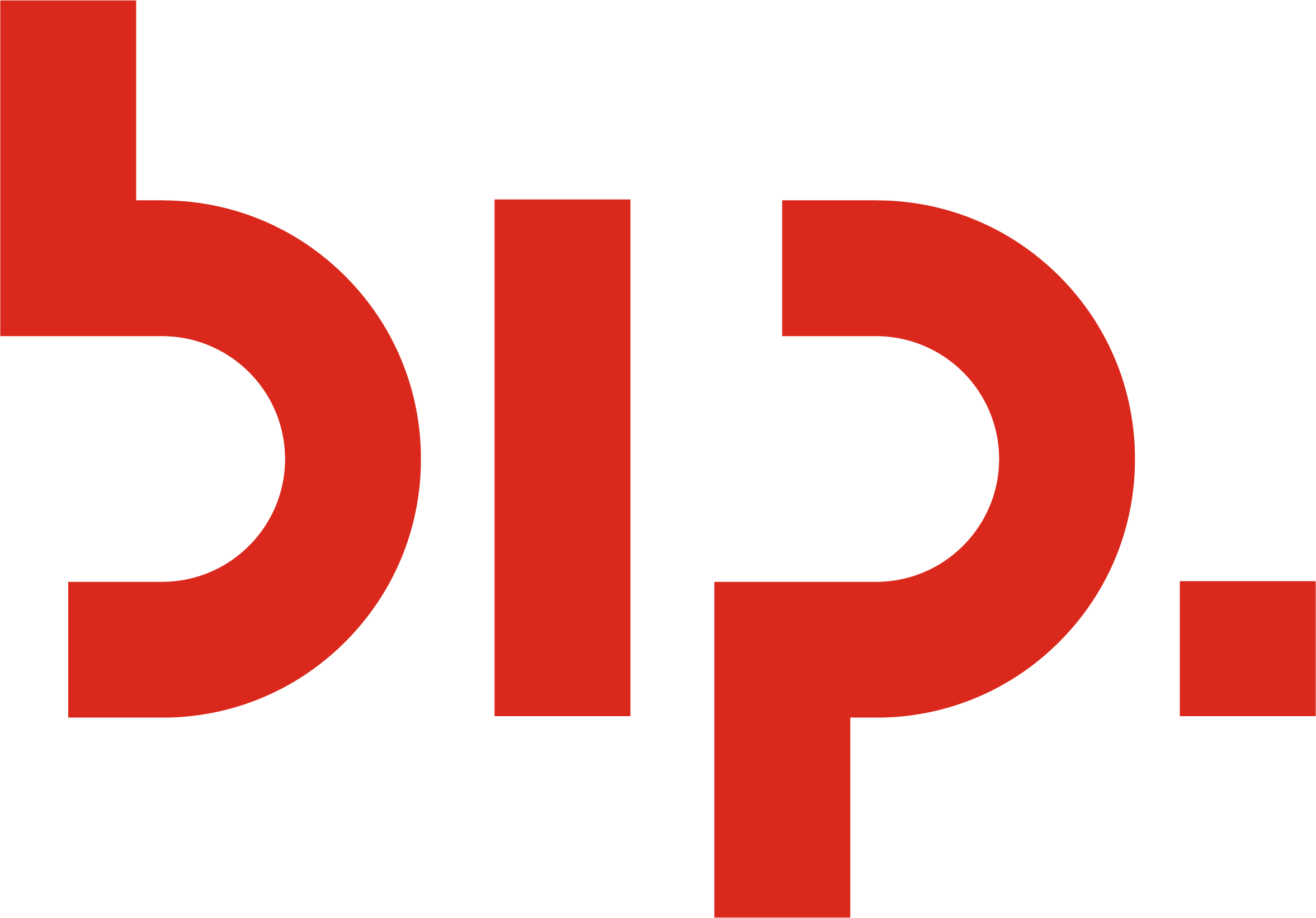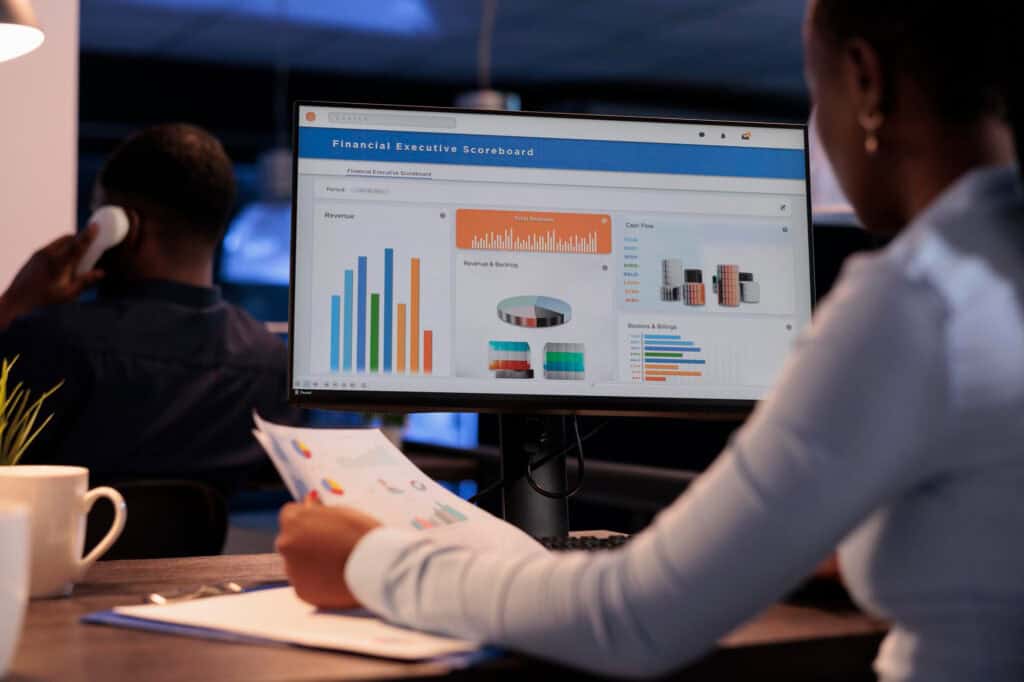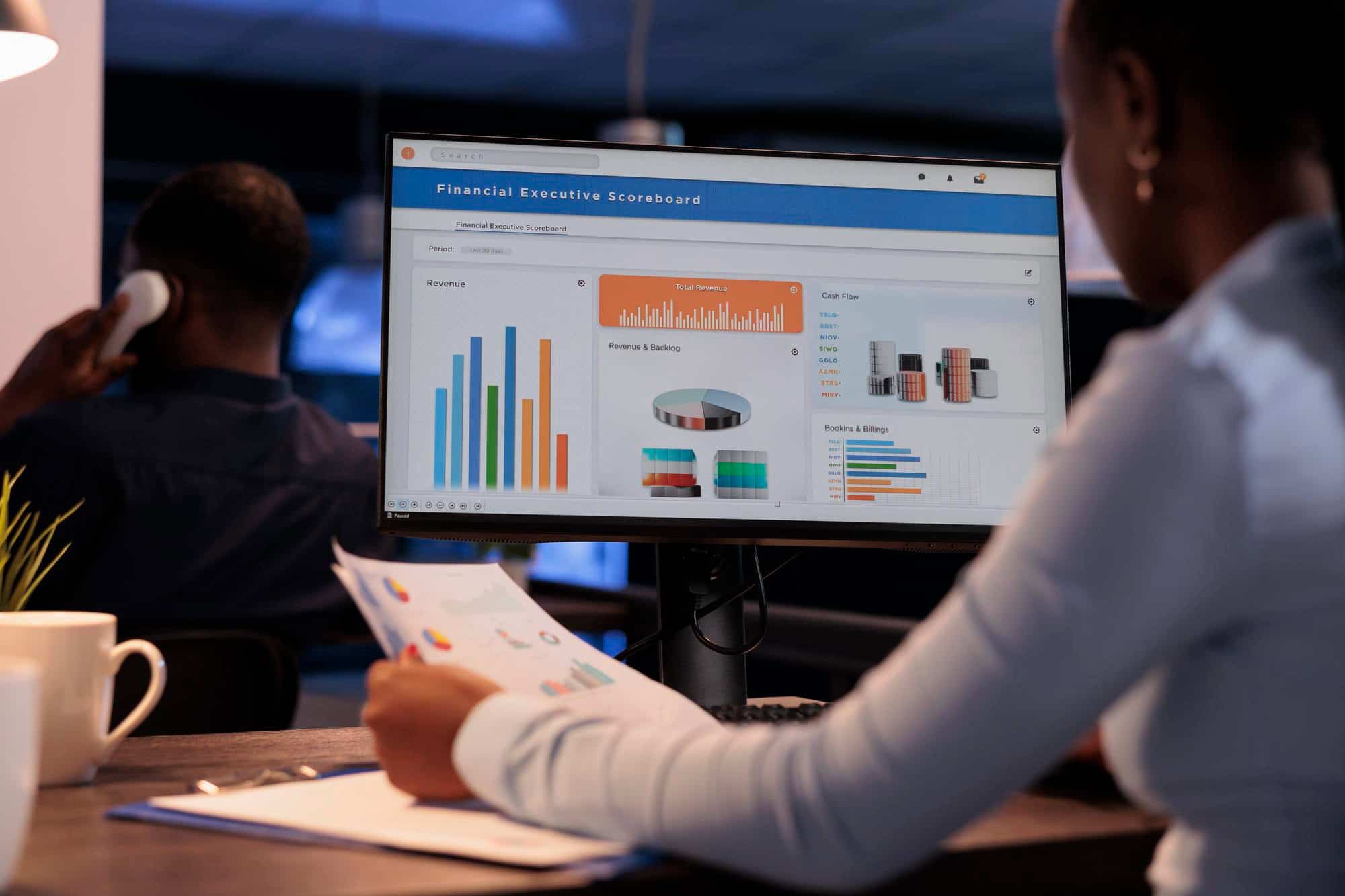Benefits and advantages of fast prototyping for a successful digital strategy.
Companies are rapidly adapting to change, directing their digital strategy path towards new opportunities and significant evolutionary outlets. Often, a sudden transformation is considered the only way to introduce technological and innovative assets into the company structure, thus leading to quick decisions, without weighing the actual impact on existing processes.
As Rita Gunther McGrath, a Columbia Business School strategic management scholar, also stated in her article on Digital Transformation in the Harvard Business Review, the focus of the issue cannot be limited to mere technological change and the economic value of such a choice. Rather the point of interest for companies must be the promotion of a cultural transformation, sufficient to guarantee a measured and weighted impact on the immune system of the company itself, so as to achieve small successes gradually, and evolve towards major changes.
Fast Prototyping and Vidiemme: towards a new business model
It is from this context that Vidiemme makes Fast Prototyping a strategic component for any digital transformation process. In fact, thanks to the presence of VDM Labs in the Silicon Valley and the strong overseas network, we are able to anticipate technological trends in Italy and introduce innovative assets for companies, using the most suitable method.
These characteristics strategically distinguish and enable us to fully understand our customers’ needs. Our starting point is a simple approach, which Vidiemme identifies as “start small” that let us proceed quickly, validating the different stages step by step and minimising risks.
The features of fast prototyping
Thanks to a team created specifically for the needs of each customer, it is possible to create solutions and quickly show their potential through specific applications and the inclusion of the most appropriate technologies.
Fast Prototyping involves several phases: it starts with the analysis of the starting context where the users’ needs are identified, then continues with the design of the prototype evaluated according to the predefined metrics. We then proceed with the interface design and the implementation of the first digital prototype followed by the verification of the idea and its implementation by a user test. Based on user feedback and reference metrics, the next interaction is then carried out. Once the desired result has been achieved by the Customer, the final delivery is carried out for the next phase of the final product/service.
This process let us validate initial requirements quickly, test the effectiveness of the solution, get quick feedback from users and collect information to better target digital initiatives. The extension of the pilot test of a few users to the entire company’s plant considerably reduces the timing, giving a wide possibility of intervention in case of project revision, with the possibility of joining and updating the functions in a short time.
Fast Prototyping is an approach that goes very well with the introduction of new technologies in the company, from conversational AI solutions, both B2C and B2E, to projects that make use of more consolidated technologies including Mobile and E-commerce, on which companies decide to focus, especially in this historical moment. In addition, prototyping the automation and digitisation of internal business processes, such as back-office activities and administrative or HR services, proves to be a solution that aims to increase both operational efficiency and external competitiveness.
This material was created in collaboration with the Vidiemme team, a company that is part of the BIP Group and has been developing innovative, customized, and integrated solutions for business systems to accompany them on a continuous path of digital transformation.
Source: Discovery-Driven Digital Transformation – Harvard Business Review (May-June 2020)












